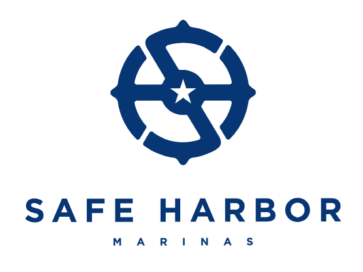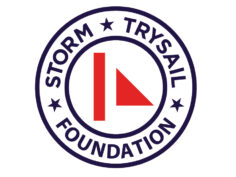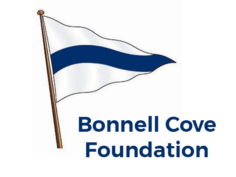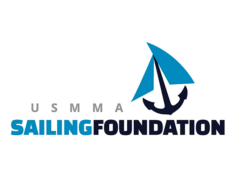The Concept
This means being aware of the conditions, occurrences, and influences in play during any situation. The Leader must be simultaneously leading and “looking around”, so as to be able to understand and react to what is happening to maximize opportunities and be prepared for emerging challenges. While it is easy for the Leader to become absorbed in the details, this is a mistake. The Leader needs to be fully aware of how a situation is developing, focused both in the boat and out of the boat. Some call this “court vision,” or an ability to “see around corners.” Just because response to an issue started a certain way, the Leader must be aware that things might change, demanding an altered approach. As things change, often a new path forward must be developed, quickly and correctly.
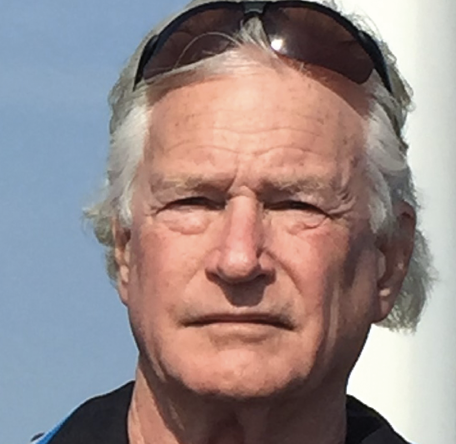
The Findings
“Situational Awareness is:
- The perception of environmental elements and events in both time and space,
- The comprehension of their meaning, and
- The projection of their future status.
- Then, making proper decisions and take action.
- Repeat as needed.
“We called this the Situational Awareness Cycle.” – Dick York
This group’s case study was the 2013 Islands Race incident where the boat Uncontrollable Urge lost her rudder and ended up drifting onto San Clemente Island, with the loss of one crew. https://cdn.ussailing.org/wp-content/uploads/2018/01/2013-Islands-Race-Report.pdf
Key Best Practices
- Use the principles of Bridge Resource Management (BRM); establish routine observation and communication involving all of the crew.
- Work consciously to observe accurately and avoid “observation bias” (disregarding observations that do not fit your prior experiences).
- Base decisions on good seamanship; avoid decision making that is not based on good seamanship, and be careful to exclude outside biases.
- In emergencies – consider the worst case/maximum possible loss and minimize the likelihood of that loss.
- Continuously update observations and consider whether you have to remake decisions.
- Rely on distributed functions and responsibilities (from the Station Bill).
Things to avoid
- Mental models and decisions based on overconfidence in you or your boat.
- Dismissing remarks from the newest or least experienced crew. Listen.
- Ignoring the possibility of a catastrophic loss because you think the probability of it happening is low.
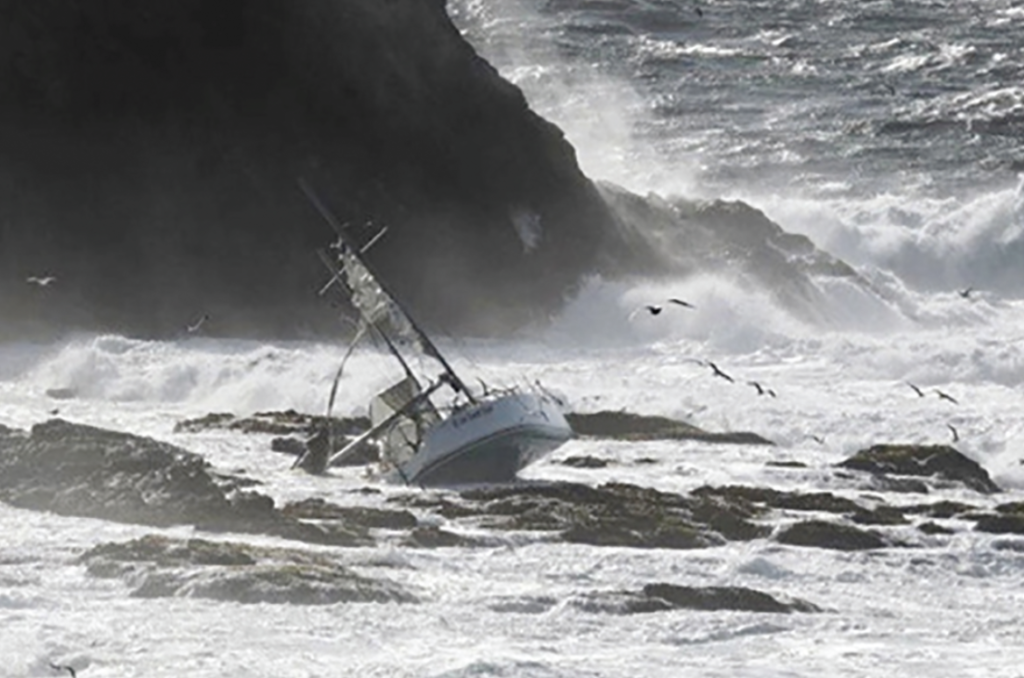

Recommended changes to improve Safety-at-Sea training and education
- Use actual cases in SAS Training.
- Have boat crews together when training on Leadership.
- Practice onboard problem situations.
- Publish a model/standard Situational Awareness planning and decision-making mental flowchart.
Panel Watch Bill (Group Members)
- Dick York - Facilitator, STC, CCA, Chair US Sailing SAS
- Don Poirier - Scribe - Cap. USNA Varsity Offshore Sailing Team
- Ty Anderson - STC, Riverside YC
- John Browning - STC, Manhassett Bay YC, NYYC
- Daniel Galyon - STC, NYYC
- Richard Hersh – Yale University
- Buttons Padin - STC, Larchmont YC
- Dawn Riley - STC, Oakcliff, Whitbread
- John Robinson - Chair of CCA Seamanship Committee
- Eric Simonson - Mountaineer Guide
- Jahn Tihansky - STC, CCA, Head Coach USNA
Breakout Session Outputs:

